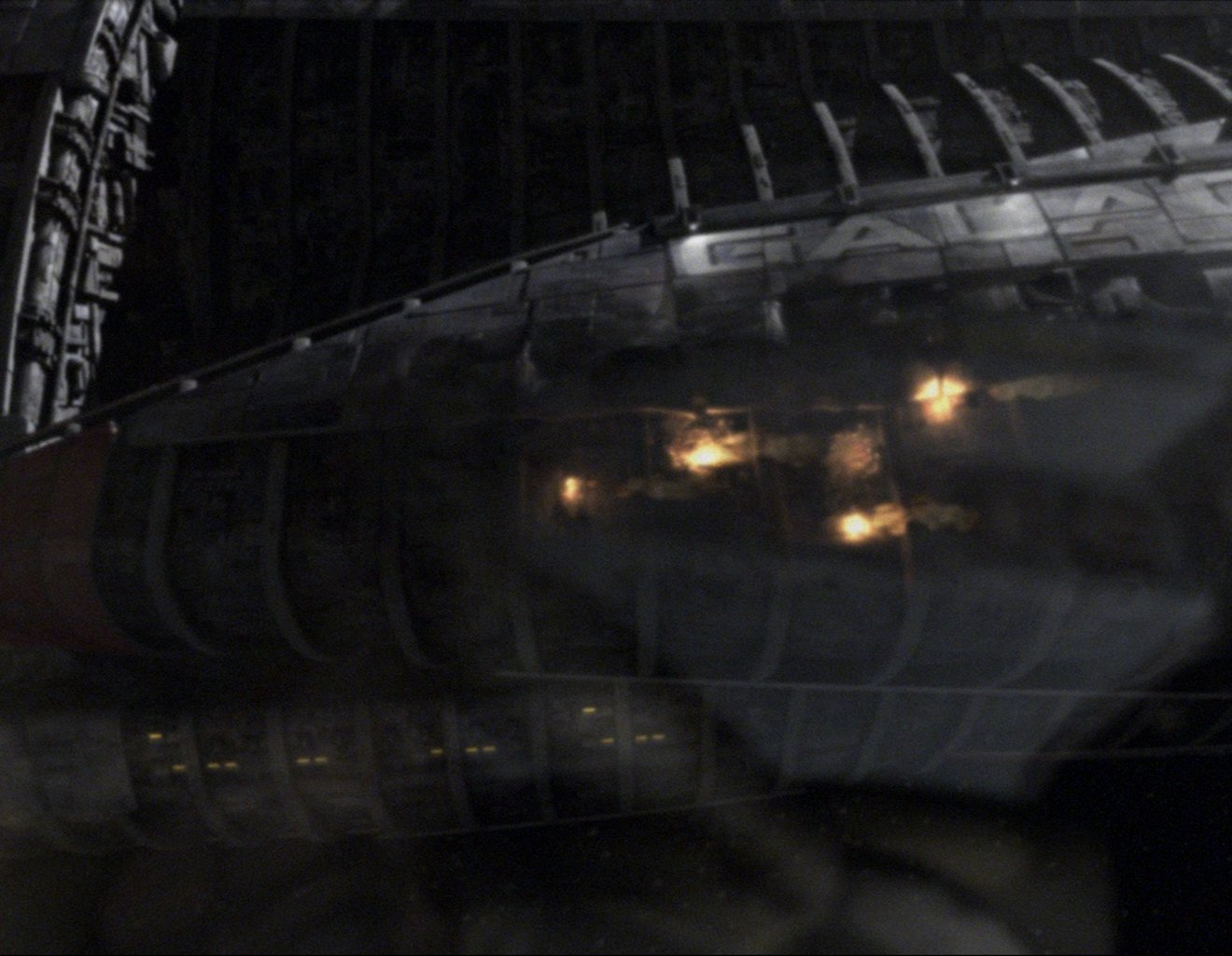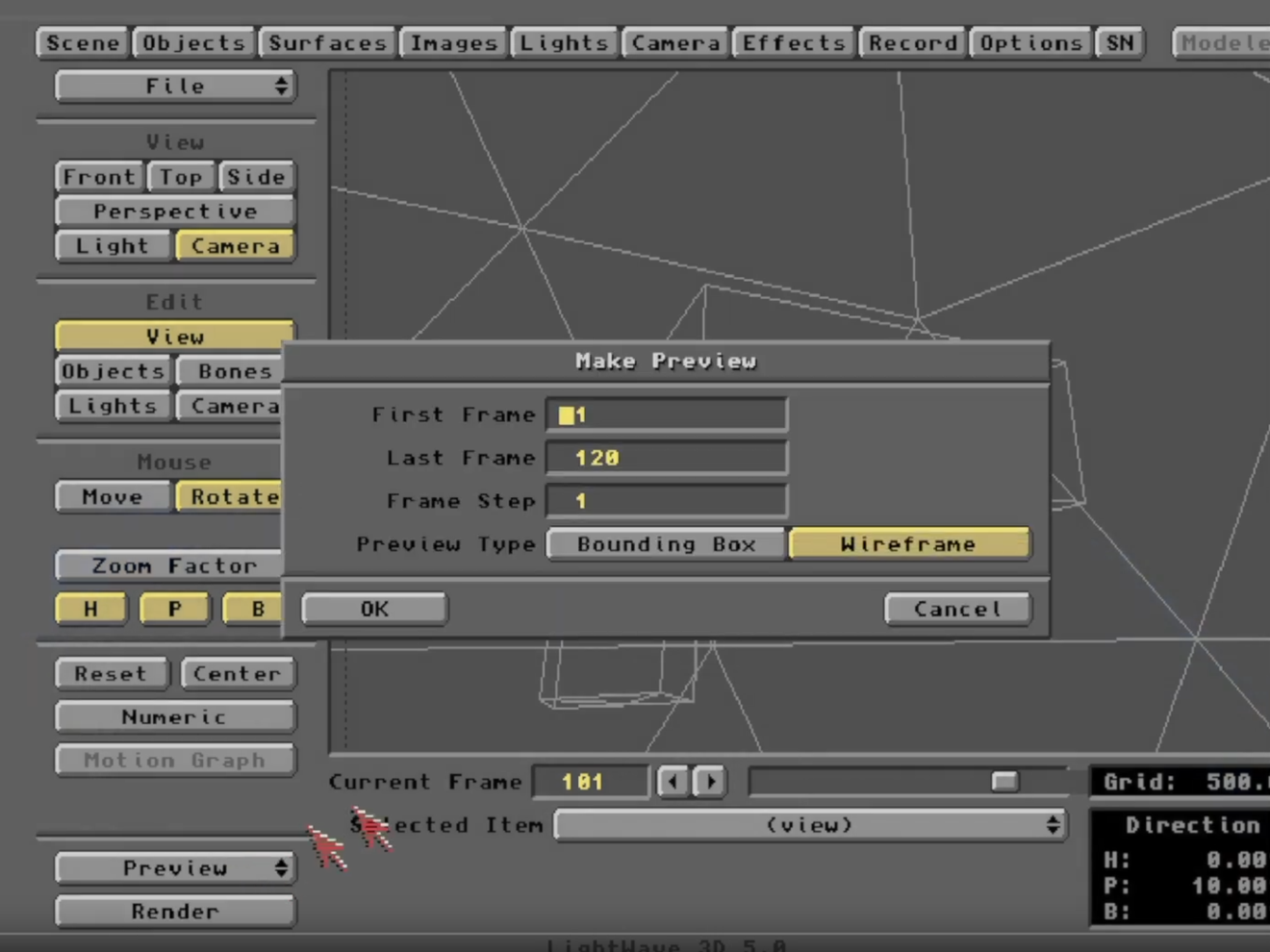
Kevin Quattro – master of disaster
LightWave pro from the start
LightWave Digital: When did you get started with LightWave?
Kevin Quattro: Right around the time the Video Toaster arrived, back in 1990-91. We had one at the Amiga dealer I worked at. I would spend my evenings learning the ways of the Toaster. Not just to help sell systems, but I was extremely excited at how accessible the software was. I had been using Imagine 2.0 up to that point.
LD: I was the same - Imagine 2 and a smattering of other programs. As soon as I played with LightWave 2, I was hooked. In those early days, what did it for you?
KQ: Exactly the same for me. It felt like walking around with a camera on your shoulder. Everything was visually defined for ease of use. There were simple mouse operations to quickly create animations and the ability to preview so many effects. We could see displacement, fog, and eventually lens flares, all in realtime.
LD: How did you get your first job with it, who was it with and what was it?
KQ: After a solid year of using LightWave v1, I got the v2.0 updates and learned the new stuff. I had been going to monthly LightWave meetings at Slipped Disk in Michigan and I finally had enough content to make a demo reel. Hollywood was desperately hunting for artists schooled in the ways of CGI software, so it was a great time to be starting out professionally. Foundation Imaging liked what they saw, and brought me in. They brought in a lot of NEW guys, really. All of us Lightwave fans or committed users.
LD: Foundation Imaging is pretty legendary. How many people were there when you joined?
KQ: There were about 10-12 on the art team. A lot of us came in as a “third age” of artists to the company. We were in the second of three buildings the company would occupy in Santa Clarita. Later, we moved to the much larger third facility and ballooned to at least 50 employees, maybe more.
LD: Tell me some of the TV shows you have worked on?
KQ: Oh that is quite a list. IMDB has most of them. The more memorable ones included Star Trek: Voyager, Star Trek: DS9, Firefly, Battle Star Galactica and CSI:. There were plenty more, but those were the most fun.
LD: We both started on the Amiga. What sort of an Amiga do you have now? Do you use LightWave on it?
KQ: Back in the day I had an A3000. It had the cheapest 68040 card I could slam in there. Didn’t even have its own RAM, it used the motherboard RAM. So while it was the slowest 68040 out there, it was still faster than my stock 68030. I currently have many Amigas. It's a hobby of sorts, collecting and using them. I have a small YouTube channel where I show off my adventures with LightWave on the Amiga and all things Amiga-related.
LD: Do you have an A3000T? That was my favourite Amiga (I can’t believe I traded it for a soulless A4000)
KQ: I always wanted one. I do not. I do have a friend with TWO along with an A4000T!
LWD: What has been your favourite vfx shot so far?
KQ: With my love of Sci-Fi and space stuff you might think it would be any of the numerous shots I’ve done for those shows, and, remember, it's not just me. There's a big team of talented people working on this stuff. However, what do I tend to smile more at? It's admiring the creativity and design of the shots on CSI:. The fascinating body interior shots and especially things at the microscopic level. I've always dug the colors, extreme DOF, and ability to invent a lot of the design and layout needed to tell a story.
LD: Can you switch your brain off when you see an effect like that now, or does it break you out of the film/show while you analyze how it was done?
KQ: I generally do not notice VFX. Mine or other people's. Not unless it's done extremely poorly - I am very forgiving. The VFX gag must fall to a level of truly terrible for me to feel pulled out of the story.
LD: How do you do the signature camera-zoom-and-focus shots we see in BSG, CSI and other shows?
KQ: The handheld look was something I learned on the job back at Foundation Imaging. I was surrounded by an amazingly experienced talent pool - legends like Ron Thornton, Mojo, John Allardice or Emile Smith. They taught me tricks such as snap zooms or creating a more handheld action look, the way a digital camera shakes. One trick we did early on was simply to set the timeline’s stepping to 2 (and vary the stepping for different intensities). Then, with auto-key on and camera mode selected, click play and let the scene play back normally. Then jiggle the mouse. Need more shake for an explosion? Time it right and do it in realtime as well - just move the mouse more! Then of course you can go back and tweak critical frames. Fun times!
The BattleStar Galactica jumps into atmosphere using the Adama manouevre
LD: What shot won you (and the NBC/Universal Digital in-house team) the Award for BattleStar Galatica: Blood and Chrome?
KQ: Did we win one for that? LOL! I know I worked on the Firefly (re)pilot and received a contribution certificate. I was part of the team at Zoic that received Emmy nominations for the Buffy series finale, as well as Night 1 for the original BSG mini-series. I do remember working on other episodes that did win. I just didn’t get my name attached to those. Oh well! I also picked up a Clio for my work on the Adidas “Legs” commercial done at Digital Domain. Directed by David Fincher.
LD: That advert is amazing! I don’t just mean for the time. Was it hand-animated? It must be mocap, right? What did you do on that advert?
KQ: If my memory is correct, it was mocap and hand animation. I recall a team of Maya guys. I was in the modeling department for that project. Yes, I know. Q in modeling! I did what I had to back in those early years!
LD: What are you working on now?
KQ: After years of working in Hollywood, I did transition to a different field. In around 2012, I began working for companies that primarily make video content for military and defence contractors. It is fun and creative work where I get to “play war.” Sadly, most of it is all locked down and I don’t get to share much if any of it.














